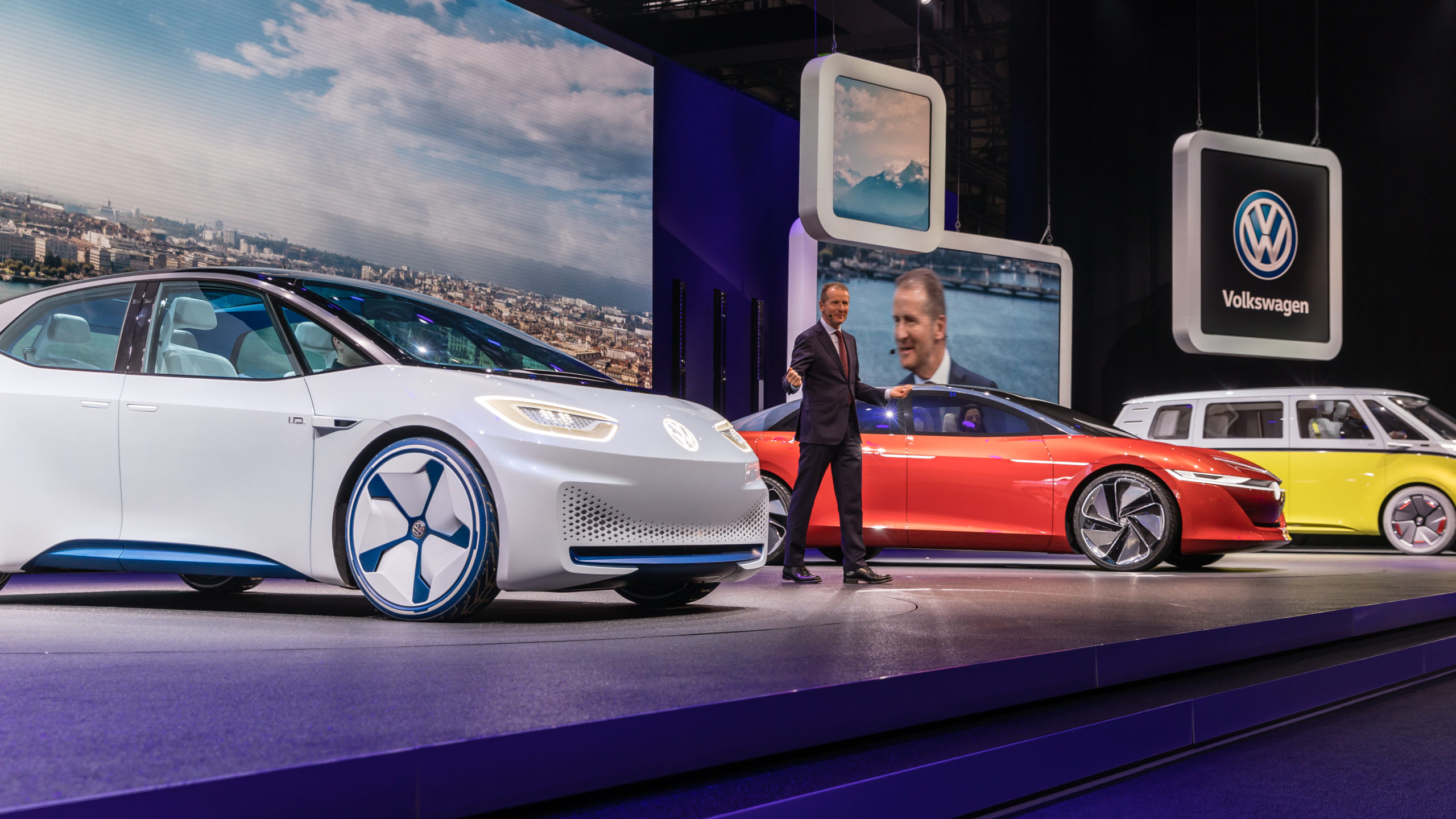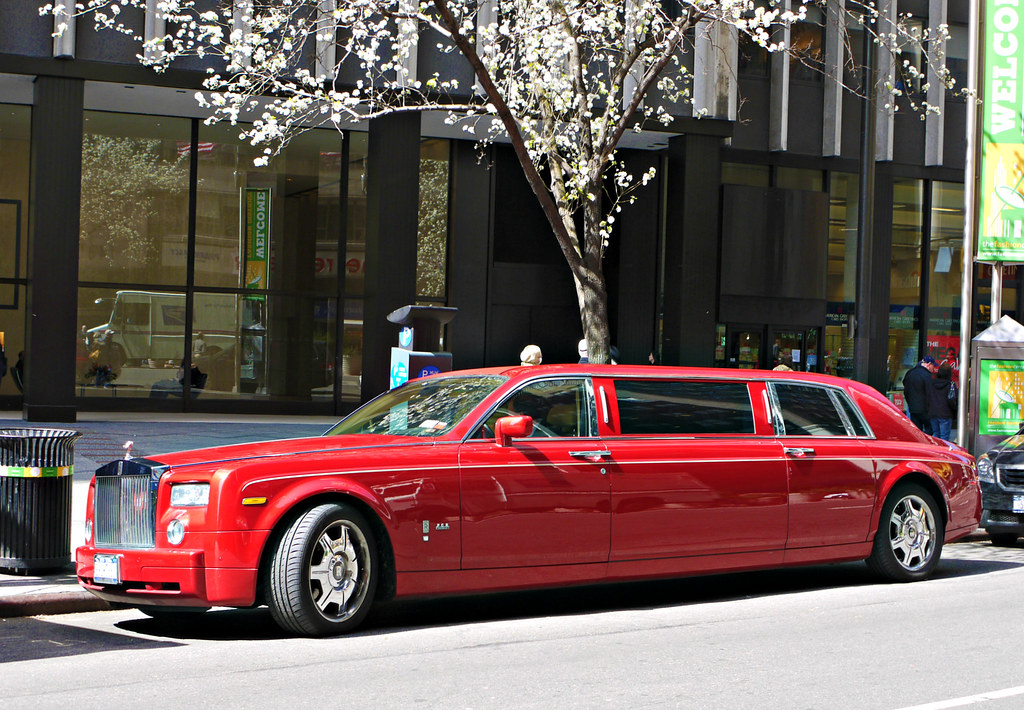
The allure of a premium badge on a pre-owned vehicle, available at a mere fraction of its original sticker price, is undeniably powerful. A gleaming Audi, BMW, or Cadillac, once a symbol of success and sophisticated engineering, can now be yours for what seems like an incredible deal. It’s an enticing prospect: acquiring luxury, comfort, and advanced features without the hefty initial investment that typically accompanies such prestigious automobiles.
However, beneath the sleek design and luxurious interior of that seemingly irresistible used luxury car often lurks a potential financial and mechanical headache. Many consumers are drawn in by the initial low price, overlooking the critical fact that the cost of ownership extends far beyond the purchase tag. This oversight can quickly transform the dream of affordable luxury into a costly, frustrating reality, especially if one is unprepared for the specialized and often exorbitant expenses that these vehicles demand.
This article aims to provide a comprehensive, unbiased examination of why purchasing cheap used luxury cars, particularly from European and certain American manufacturers, might be a regrettable decision for the uninformed buyer. We will dissect the various factors that contribute to their low resale value and high ownership costs, equipping you with the knowledge needed to make a truly informed purchasing decision, and ultimately, to avoid common pitfalls that many enthusiastic buyers discover too late.
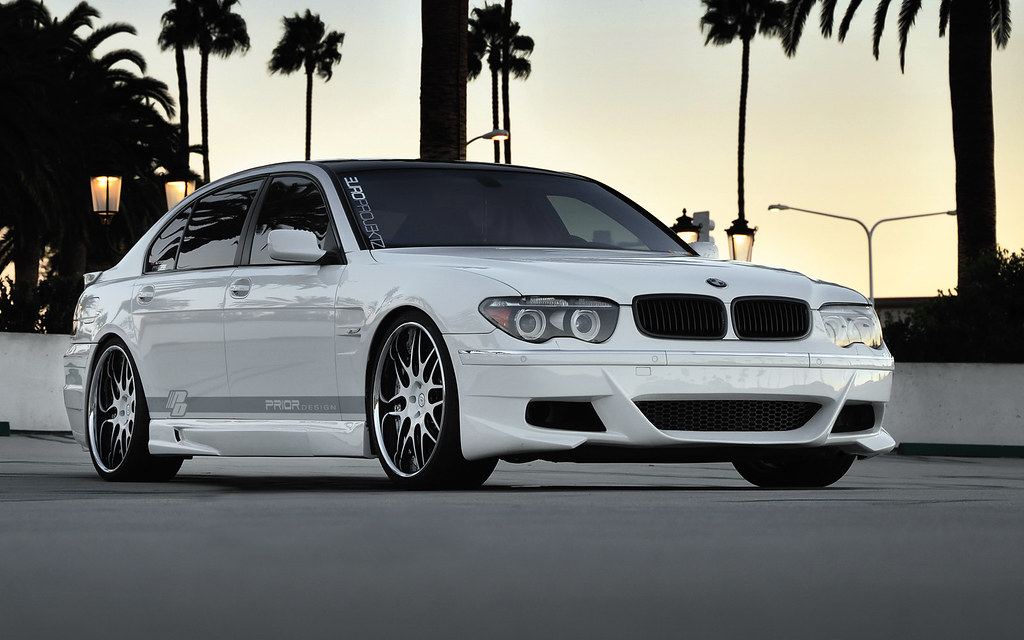
1. **The Allure of the Used Luxury Car**The primary draw to a used luxury vehicle is straightforward: the promise of status and unparalleled comfort at a significantly reduced price. Where a brand-new luxury sedan or SUV from marques like Audi, BMW, or Cadillac might command an initial price tag upwards of $60,000 to $80,000, a used model merely a few years old can often be found listed for 40–50% of its original Manufacturer’s Suggested Retail Price (MSRP). This represents a substantial discount, seemingly offering a gateway into a world of heated seats, cutting-edge infotainment, and a refined driving experience with what appears, on the surface, to be minimal financial strain.
These European and American luxury cars are renowned for their high-end features and distinctive design. They frequently boast plush interiors crafted from premium materials, incorporate advanced driver-assistance systems for enhanced safety and convenience, and are often equipped with potent powertrains that deliver exhilarating performance. Brands like BMW have cultivated a strong reputation for handling prowess, while Cadillac vehicles make a bold statement with their unique “American luxury” aesthetic, drawing enthusiasts who value brand cachet and sophisticated engineering.
Beyond the tangible features, there’s an undeniable psychological appeal—the urge to stand out. For many, the idea of pulling into an office parking lot or arriving at a social event in a car that was once revered as an undeniable symbol of success is a powerful motivator. This aspirational aspect makes the used luxury option seem particularly irresistible, offering a shortcut to a desired image without the prohibitive cost of a new model.
However, this powerful allure, built on the perception of prestige and value, often masks the underlying complexities and potential liabilities. The initial satisfaction of a low purchase price can quickly fade when confronted with the true cost of maintaining and repairing a vehicle designed for an original owner with a much higher budget and tolerance for premium expenses. It is this fundamental disconnect between perceived initial value and long-term ownership reality that forms the crux of the challenge.
Read more about: The Enduring Legacy: Unpacking the Allure of the 1957 Chevrolet Bel Air Custom Convertible
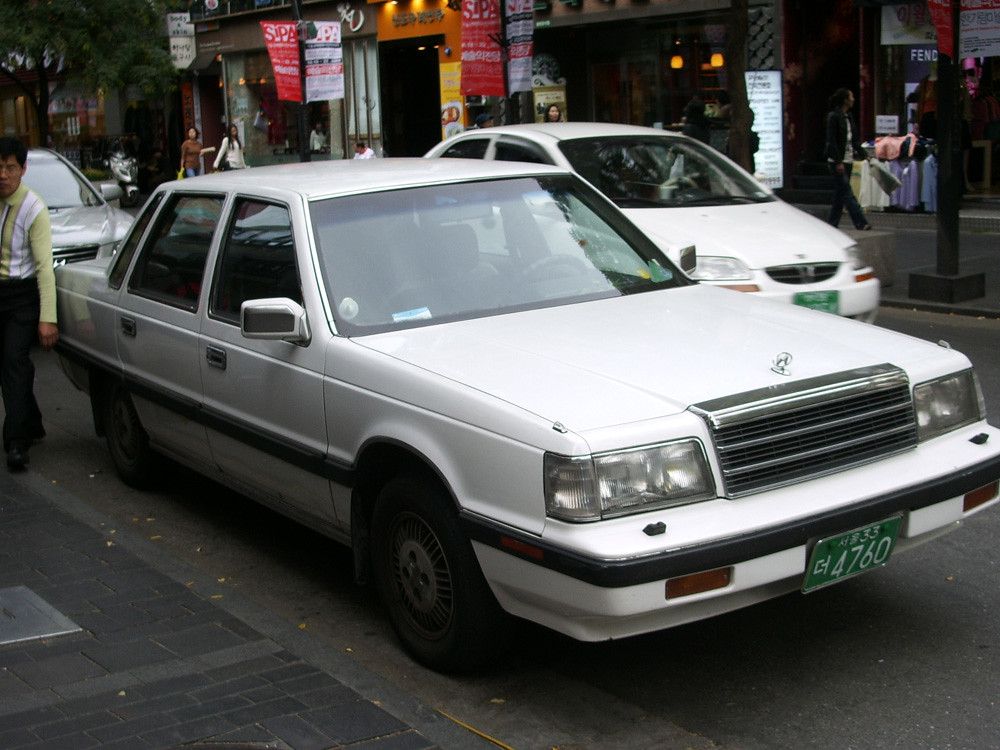
2. **High Maintenance & Repair Costs**One of the most significant and frequently overlooked pitfalls of owning a used luxury car stems from its premium parts and the corresponding premium prices. Unlike mainstream vehicles, luxury brands often integrate specialized components throughout their design, from fundamental engine parts to intricate interior trim. This specialization means that seemingly routine replacements, such as Audi or BMW brakes, are anything but cheap, and larger, more complex systems, like the air suspensions found in a Cadillac Escalade, can cost thousands of dollars to repair when they inevitably fail.
To illustrate this point, consider a common maintenance task like an oil change. For a used BMW, this service might typically run anywhere from $150 to $200, reflecting the need for specific synthetic oils and filters, as well as specialized labor. In stark contrast, the same basic service for a mainstream vehicle from a brand like Toyota or Hyundai could easily be performed for half that price, highlighting the inherent cost disparity in even the most fundamental aspects of vehicle upkeep.
Furthermore, the vast majority of used luxury cars available on the market have transcended their factory warranty period. This crucial detail means that any breakdown, especially within the sophisticated and advanced systems—such as intricate air suspension setups, high-performance turbocharging components, or cutting-edge infotainment units—will fall entirely on the owner’s wallet. While extended warranties are an option for some high-mileage luxury vehicles, they too tend to be prohibitively expensive and often come laden with numerous exclusions, leaving considerable gaps in coverage and peace of mind.
Adding to the financial burden is the documented frequency of repairs associated with many of these premium brands. European and American luxury marques are consistently cited in industry reports for experiencing a higher frequency of repairs, particularly as their vehicles accumulate mileage and age. This creates a challenging cumulative effect for owners: not only are they contending with significantly higher costs per individual repair due to specialized parts and labor, but they are also encountering these costly issues more often, leading to a relentless drain on their financial resources over time.
This continuous cycle of expensive and frequent repairs quickly erodes the perceived savings from the initial low purchase price. What begins as an exciting acquisition can quickly transform into a money pit, underscoring the critical need for prospective buyers to factor in a substantial budget for ongoing maintenance and unexpected repairs, a consideration often underestimated in the thrill of acquiring a luxury badge.
Read more about: Tesla’s Software Frontier: Unpacking the Promises, Hidden Perks, and Critical Pitfalls for Owners
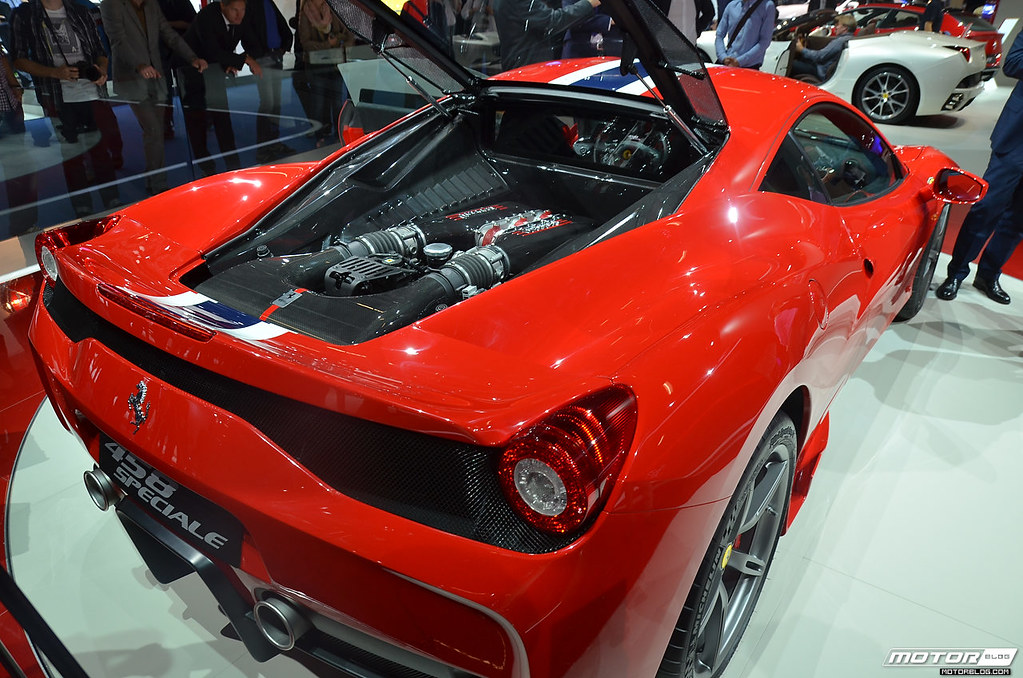
3. **Complex Electronics & Risk of Glitches**The advanced technological features that define modern luxury cars, while captivating, introduce a substantial number of potential failure points. From sophisticated driver-assistance systems that monitor surroundings to multi-zone climate controls that optimize cabin comfort, these vehicles are densely packed with microprocessors, an array of sensors, and intricate integrated modules. While the cutting-edge technology is undoubtedly exciting and impressive when a car is new and operating flawlessly, these highly integrated systems have a propensity to become electrical nightmares once they begin to malfunction or fail as the vehicle ages.
Infotainment systems, in particular, are a frequent source of frustration and significant expense in used luxury cars. Iconic systems such as Audi’s MMI, BMW’s iDrive, and Cadillac’s CUE were designed to push the boundaries of user experience with their innovative interfaces and broad functionality. However, these highly complex units are notoriously expensive to diagnose and fix. Even seemingly minor issues, such as a flickering screen or unresponsive haptic feedback, can easily escalate into repair bills costing hundreds, if not thousands, of dollars, especially once the vehicle is out of warranty coverage.
Beyond hardware malfunctions, software updates and compatibility issues present another layer of concern. As vehicle software continues to evolve at a rapid pace, older luxury vehicles frequently fail to receive the necessary updates that keep pace with contemporary digital ecosystems. This can render certain features obsolete, reduce functionality, and create significant hassle when attempting to pair modern smartphones or utilize updated online services that were once seamless. The technological advantage, a key selling point when new, thus transforms into a liability over time.
Therefore, the very complexity that defines luxury and convenience in these vehicles also introduces a heightened risk of electrical glitches and system failures. The intricate web of interconnected electronic components, while offering unparalleled sophistication, dramatically increases the probability of system-wide issues that are both difficult to pinpoint and costly to rectify. This inherent vulnerability means that what appears to be a technological marvel can, with age, become a perpetual source of operational headaches and unanticipated expenditures, eroding the premium ownership experience it was initially designed to provide.
Read more about: America’s Iconic Sports Car: Decoding the Most Problematic Corvette Models in History to Help You Buy Smart
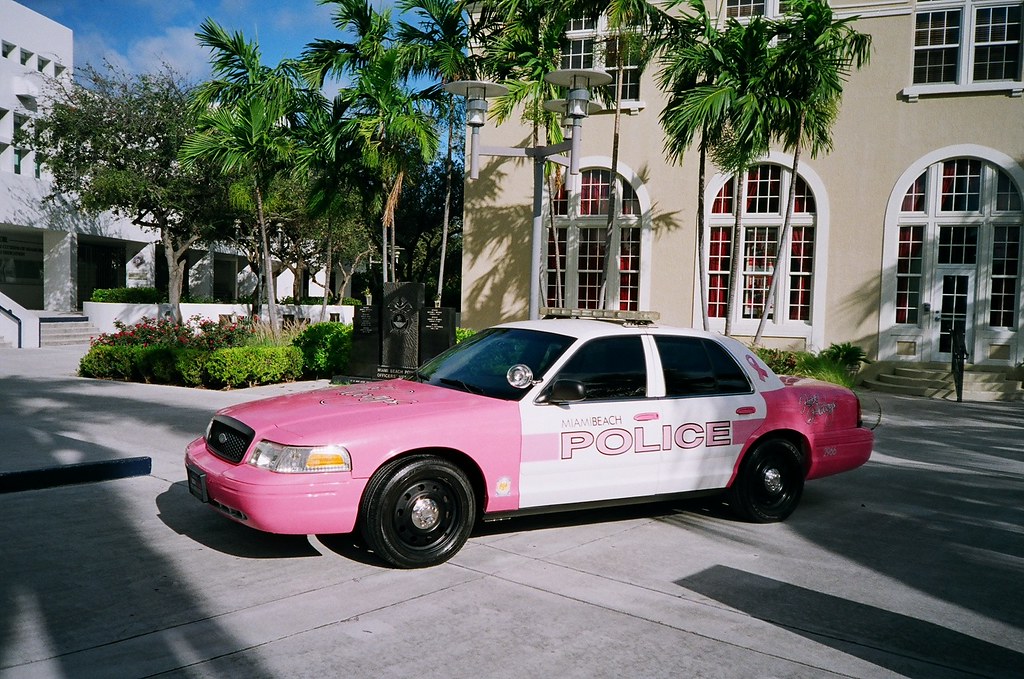
4. **Depreciation: Why Used Luxury Cars Are Cheap**The seemingly attractive low price tag of a used luxury car is not an indicator of inherent value or a fortunate oversight by the market; rather, it is a direct consequence of steep depreciation, which is a characteristic trait of high-end vehicles. Unlike many mainstream brands that tend to retain a reasonable portion of their value over several years, luxury cars typically depreciate at a much quicker pace. This rapid value erosion is largely due to the inherently narrower market for used high-end vehicles; the pool of buyers willing and able to afford the ongoing costs associated with these cars shrinks considerably once they are no longer new.
This precipitous drop in value is precisely what renders these vehicles “affordable” for a second or third owner. What costs a substantial sum when new quickly loses a significant percentage of its value within the first few years, becoming accessible to a different segment of buyers. However, this affordability comes with a crucial caveat: it simultaneously signals a future of continued lower resale value. The cycle of steep depreciation means that the current “bargain” purchase is likely to be a “bargain” when you try to sell it, perpetuating a pattern of financial loss for each successive owner.
Perceived reliability and the anticipated owner costs also play a significant role in accelerating this depreciation. Buyers navigating the used car market are often wary of older European or American luxury brands, primarily due to well-founded fears of encountering expensive mechanical issues and exorbitant maintenance requirements. This collective apprehension translates into reduced demand for these vehicles on the secondary market, which in turn leads to the dramatic and precipitous price drops that make them appear so enticingly inexpensive in the first place.
Furthermore, the resale value of luxury cars is highly maintenance-sensitive. While a diligently maintained used BMW or Cadillac, complete with a comprehensive and unbroken chain of service records, might still command a moderate price, any indication of missing service history or obvious mechanical neglect can be an immediate deterrent for potential buyers. This precarious dynamic, where impeccable maintenance is crucial yet often overlooked by previous owners keen to cut costs as the car ages, significantly contributes to the perception of risk and ultimately, the low “bargain” price tags observed across the market.
In essence, the “cheap” price of a used luxury car is not a fortuitous opportunity but rather a clear symptom of these underlying market dynamics and the high projected ownership costs. It indicates that the vehicle has already undergone a significant devaluation, and is likely to continue doing so, transforming what initially appears to be a smart acquisition into a potential long-term financial liability.
Read more about: Beyond the Sticker Price: Uncovering the True Financial Commitment of Car Ownership
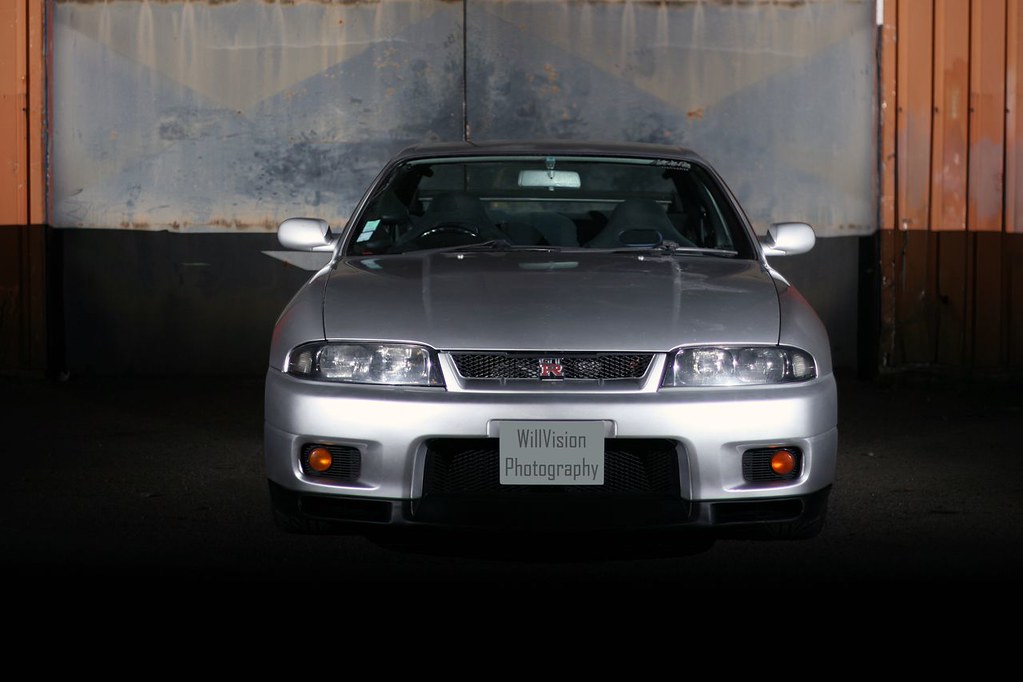
5. **Hidden Problems Lurking Underneath**Beyond the more visible issues of depreciation and repair frequency, used luxury cars often conceal problems that are far more insidious. While sellers might invest in restoring a vehicle’s exterior to pristine condition, the underlying mechanical and structural integrity can tell a very different story. This focus on cosmetic appeal often distracts buyers from what truly matters beneath the surface: the health of critical internal components.
Indeed, vital internal components such as transmissions, turbochargers, or intricate electrical harnesses may be nearing the end of their operational lifespan. Unlike easily noticeable dents or scratches, these deep-seated issues are challenging to detect without a thorough inspection. Furthermore, while services like Carfax reports can provide some history, they are not infallible; not all past service records or minor accidents might appear, leaving potential buyers in the dark about crucial aspects of the vehicle’s past.
Another significant concern is the presence of “chopped maintenance schedules.” Luxury vehicles, by their very nature, demand more frequent and specialized service—ranging from specific synthetic oil changes to regular brake fluid flushes and spark plug replacements. Unfortunately, previous owners, particularly as the car ages and its value diminishes, may have cut corners on these essential services to save money. Unaddressed issues accumulate over time, setting the stage for major and prohibitively expensive breakdowns in the near future.
Adding another layer of risk are “questionable modifications.” Enthusiasts of high-performance luxury cars sometimes push their vehicles to the limit with engine tuning, suspension upgrades, or brake alterations. While these modifications might initially enhance performance, if they are not executed professionally, properly engineered, or meticulously maintained over time, they can dramatically compromise the vehicle’s long-term reliability and structural integrity. Such alterations can introduce unforeseen vulnerabilities into complex systems.
Read more about: High-Performance Thrills, Sensible Spends: 15 Cars That Rival the Porsche 911 Without the Hefty Price Tag
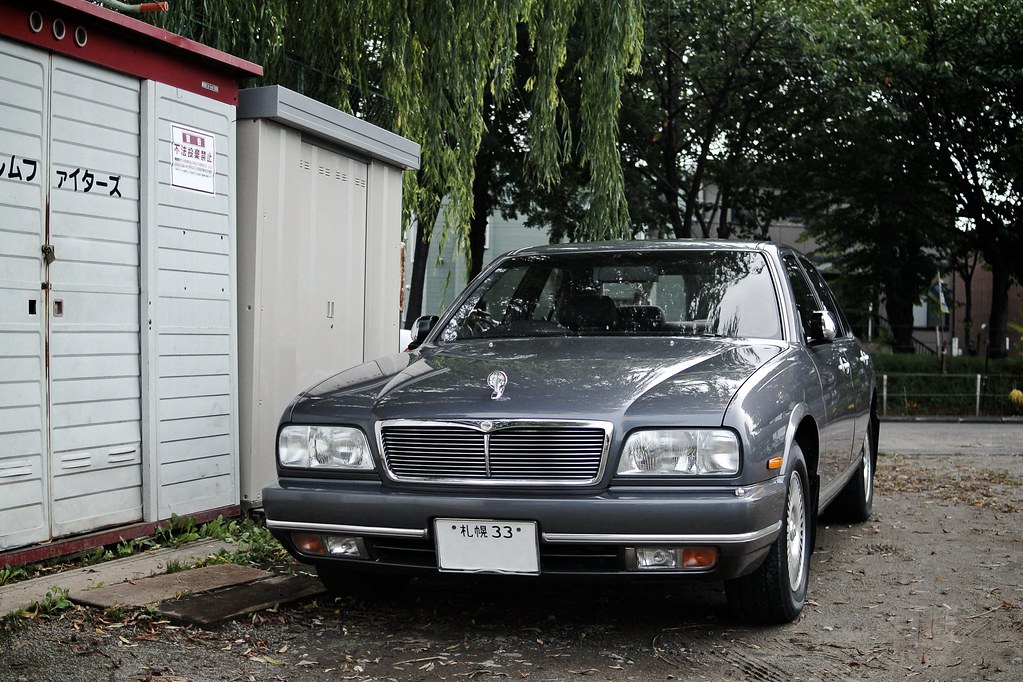
6. **Why European & American Luxury Cars Pose Greater Risk**When evaluating the risks of purchasing a used luxury car, European and certain American brands frequently emerge as particular sources of concern. These vehicles, while offering unparalleled driving experiences and prestigious badges, often come with brand-specific challenges that can translate into significant financial and operational burdens for their second or third owners. Understanding these common pain points is crucial for any informed buyer.
Take Audi, for instance, a brand synonymous with sophisticated engineering. However, older Audi models are frequently cited for issues like high oil consumption and significant carbon buildup in their direct-injection engines. Moreover, their complex quattro all-wheel-drive systems, while impressive in performance, can become incredibly expensive to repair or maintain should a component fail. These issues are not only costly but often require specialized knowledge to address.
BMW, another German automotive titan, also presents its own set of common headaches. Owners often report problems with timing chain stretch, a notoriously expensive repair due as it often involves significant engine disassembly. Turbo failures are another frequent complaint, leading to hefty bills for replacement parts and labor. Furthermore, older iDrive infotainment systems, while pioneering in their time, have been known to become “electronics nightmares,” manifesting in frustrating glitches and malfunctions that are costly to diagnose and rectify.
American luxury, particularly from Cadillac, isn’t immune to these issues either. Cadillac’s CUE infotainment system, an ambitious touch-based interface, has been a frequent source of glitches and user frustration, often requiring expensive dealer-level diagnostics and repairs. Additionally, some V8 engines in older models can develop oil leaks, and the complex air suspensions found in larger vehicles like the Escalade are renowned for their exorbitant repair costs when they inevitably fail after years of service.
Beyond brand-specific mechanical issues, the overarching problem with these vehicles lies in their unique maintenance requirements. European luxury cars, in particular, often demand brand-specific diagnostic tools and highly trained mechanics, making independent repair shops a scarce and expensive resource. Labor rates can soar to $120–$200 per hour at specialized facilities, drastically inflating even routine repairs. Both Audi and BMW, along with Cadillac, consistently rank lower in long-term reliability surveys, directly contributing to owner dissatisfaction and the notorious “used luxury discount” that initially attracts buyers, only to leave them with the risk of repeated, costly repairs.
Read more about: Why American Pickup Trucks Became Colossal: Unpacking the Complex Web of Regulations, Culture, and Market Forces
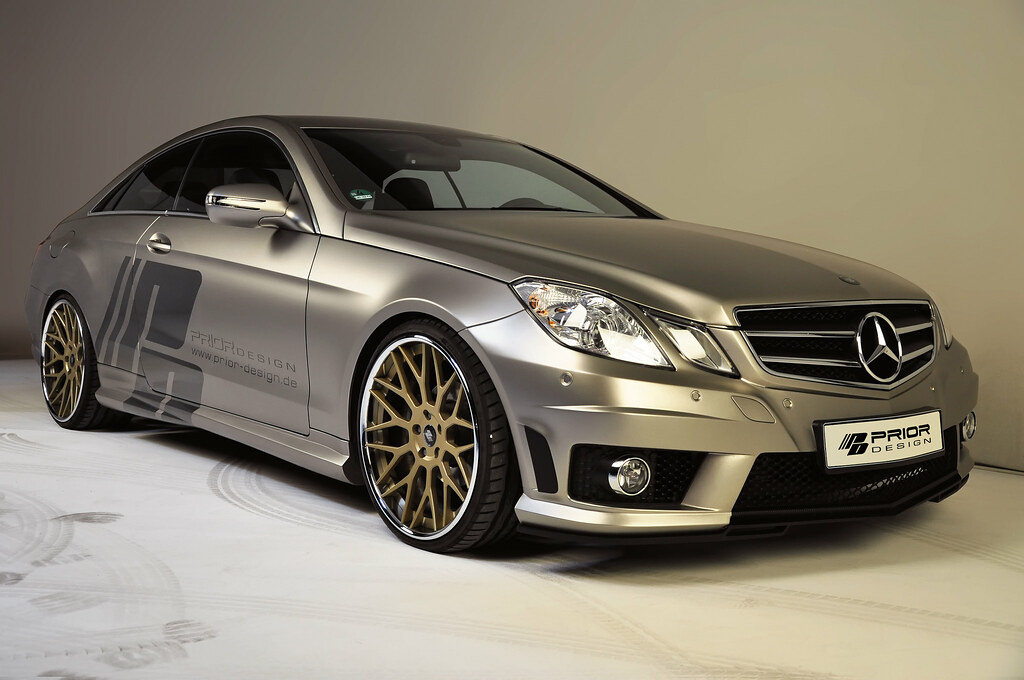
7. **Exceptions: Reliable Models & Previous Articles**Despite the prevailing warnings against cheap used luxury cars, it is important to acknowledge that the automotive landscape is not without its nuances. There are, indeed, reliable exceptions within the luxury segment, models that, with diligent care and a bit of luck, can offer a more stable ownership experience than their problematic counterparts. However, these are typically specific models or generations that stand out from the broader trend.
For instance, certain Mercedes-Benz E-Class (W212) models produced after 2012 have shown significantly better longevity and fewer major issues compared to their predecessors. Similarly, specific BMW 3 Series models, such as the F30 328i, can remain dependable, especially when accompanied by well-documented and complete service histories. These particular vehicles often benefit from refined engineering and resolved earlier design flaws.
It is also worth noting that some luxury brands, particularly those originating from Japan, consistently buck the trend of high unreliability. Lexus, for example, is almost universally revered for its exceptional reliability across its entire lineup, from the ES sedan to the RX crossover. Infiniti, Nissan’s luxury arm, while perhaps not as robust as Lexus, can also offer decent reliability in specific models, though buyers should be cautious about older models potentially featuring problematic CVT transmissions.
We have explored these more dependable luxury options in greater detail within other dedicated articles. If a luxury badge remains a non-negotiable part of your automotive aspirations, we strongly recommend consulting previous posts such as “Which Used Mercedes C-Class Should You Buy?” or “Top 5 Most Reliable Used BMW Models.” These resources provide targeted insights into which models and trims possess a better track record for holding up over time, helping you navigate the complex used luxury market more wisely.
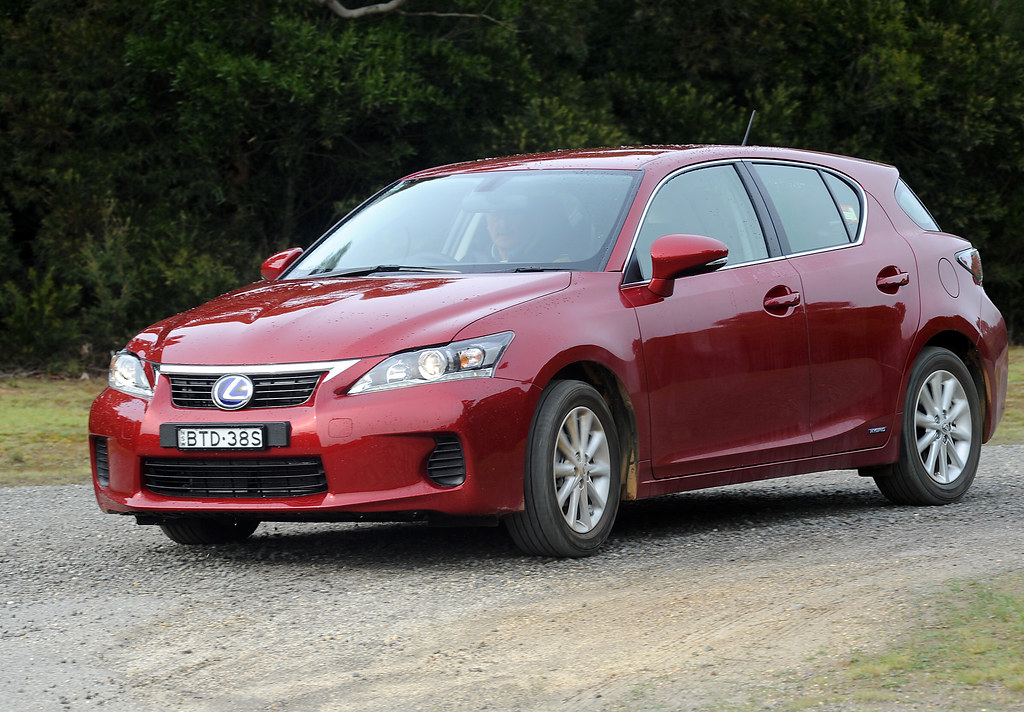
8. **Better Alternatives: Lexus, Infiniti & New Mainstream Models**For those seeking the amenities, comfort, and advanced technology typically associated with luxury vehicles, but without the financial uncertainty of a cheap used European or American model, there are genuinely smarter alternatives available. These options provide a blend of reliability, modern features, and more predictable ownership costs, offering a truly premium experience without the premium headaches.
If you are still committed to a luxury nameplate but prioritize minimizing potential headaches, Japanese luxury brands present a compelling case. Lexus stands as a paragon of reliability, with models like the ES sedan and RX crossover consistently delivering minimal breakdowns and high owner satisfaction. While you might sacrifice some of the aggressive sporty driving dynamics found in certain European counterparts, the peace of mind offered by Lexus’s renowned dependability is a significant trade-off for many.
Infiniti, Nissan’s luxury division, represents another viable option. While its reputation for robustness might not be as universally strong as Lexus, certain models such as the Q50 sedan or QX60 crossover can offer decent reliability and a solid ownership experience. However, prospective buyers should exercise caution and conduct thorough research, especially concerning older models that might be equipped with continuously variable transmissions (CVTs), which have historically presented their own set of potential issues.
Moving beyond traditional luxury badges, a remarkable shift has occurred in the mainstream automotive market. Manufacturers like Hyundai, Toyota, and Honda have significantly elevated their offerings, producing sophisticated vehicles that are loaded with advanced safety features and genuinely premium interiors. Models such as Hyundai’s Palisade, Toyota’s RAV4 or Highlander, and Honda’s CR-V or Pilot now rival or even surpass older European and American luxury cars in terms of build quality, cutting-edge technology, and overall comfort. These vehicles redefine what a “mainstream” car can be.
These mainstream alternatives are great for several compelling reasons. Hyundai, for example, leads the industry with an impressive 10-year/100,000-mile powertrain warranty, providing unparalleled long-term protection. Toyota and Honda are universally recognized for their strong, consistent reliability records, translating into fewer unexpected repair bills. Furthermore, these modern mainstream vehicles come equipped with the latest technological features, including adaptive cruise control, lane-keep assist, and large, intuitive infotainment screens, effectively narrowing the gap with used luxury models in terms of convenience and driver assistance. Opting for a brand-new or lightly used mainstream SUV often spares you the hidden pitfalls and financial anxieties that are so common with a 5-7 year-old luxury vehicle, offering a superior blend of value and peace of mind.

9. **Expert Tips for Those Who Still Want a Used Luxury Car**Despite the compelling warnings and the availability of excellent alternatives, some buyers remain captivated by the allure of a used luxury car. If you find yourself undeterred and still intent on pursuing that prestigious badge, it is imperative to proceed with extreme caution and a well-informed strategy. Following these expert tips can significantly mitigate, though not entirely eliminate, the inherent risks involved in such a purchase.
First and foremost, meticulous research into specific models and trims is non-negotiable. The reliability of luxury vehicles can vary dramatically even within the same brand, depending on the generation and specific year of manufacture. Some generation/year combinations are far more reliable than others, having ironed out initial design flaws or utilizing more robust components. Utilize forums, owner reviews, and specialized reliability reports to identify these sweet spots and avoid known problem areas.
Secondly, buyers must insist on receiving full service records for any vehicle under consideration. Gaps in maintenance history are not merely inconvenient; they are often strong indicators of potential time bombs lurking beneath the surface. A complete, unbroken chain of service records suggests an owner who invested in proper care, which is crucial for the longevity of complex luxury machines. Without this transparency, you are essentially buying a vehicle with an unknown past, drastically increasing your risk.
Thirdly, never skip a professional pre-purchase inspection (PPI). While your own visual checks are helpful, they are no substitute for an expert eye. Pay for a comprehensive PPI conducted by a specialist mechanic who is intimately familiar with the specific luxury brand you are considering. These specialists can identify common weaknesses, potential deferred maintenance, and nascent mechanical issues that a general mechanic or a casual inspection might miss, saving you from future costly surprises.
Furthermore, it is absolutely essential to budget generously for future repairs. Set aside a dedicated “emergency fund”—at least a couple of thousand dollars, if not more—specifically for the inevitable breakdowns and specialized maintenance that are part and parcel of used luxury car ownership. Even with the most diligent research and inspections, complex vehicles will eventually require expensive attention. Being financially prepared for these occurrences can prevent them from becoming overwhelming burdens.
Finally, exercise extreme caution and consider avoiding high-performance trims. Models bearing badges like M (BMW), AMG (Mercedes), or V (Cadillac) are undeniably thrilling to drive due to their powerful engines and enhanced components. However, this increased performance comes at a steep price: these variants are notoriously more expensive to maintain and repair, requiring specialized parts, higher-grade consumables, and more frequent, intensive servicing. Their complexity amplifies the risks already inherent in used luxury ownership, making them suitable only for buyers with very deep pockets and a high tolerance for expense.
Read more about: The 14 Sneaky Storage Slip-Ups Costing You Big: Your Essential Guide to Smarter Food Preservation and Less Waste
For most consumers, the dream of owning a prestigious luxury car at a bargain price often collides head-on with the harsh reality of its long-term cost of ownership. The initial appeal of a low purchase price is frequently overshadowed by a cascade of potential issues, including exorbitant maintenance, high insurance rates, specialized parts, and the frequent failure of complex electronic systems. While exceptions exist, and newer mainstream models offer compelling alternatives, the overall financial burden and operational hassles typically outweigh any perceived initial savings or status enhancement. Making an informed decision means looking beyond the badge and truly understanding the full scope of what you are buying, ensuring your automotive aspirations don’t transform into a never-ending financial drain.

